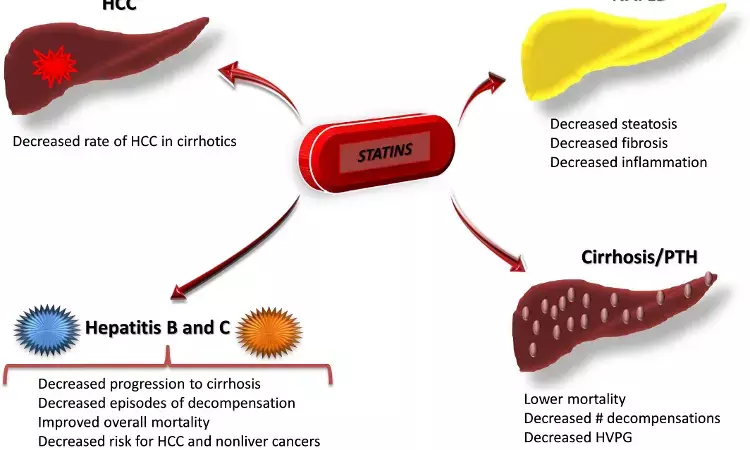- Home
- Medical news & Guidelines
- Anesthesiology
- Cardiology and CTVS
- Critical Care
- Dentistry
- Dermatology
- Diabetes and Endocrinology
- ENT
- Gastroenterology
- Medicine
- Nephrology
- Neurology
- Obstretics-Gynaecology
- Oncology
- Ophthalmology
- Orthopaedics
- Pediatrics-Neonatology
- Psychiatry
- Pulmonology
- Radiology
- Surgery
- Urology
- Laboratory Medicine
- Diet
- Nursing
- Paramedical
- Physiotherapy
- Health news
- Fact Check
- Bone Health Fact Check
- Brain Health Fact Check
- Cancer Related Fact Check
- Child Care Fact Check
- Dental and oral health fact check
- Diabetes and metabolic health fact check
- Diet and Nutrition Fact Check
- Eye and ENT Care Fact Check
- Fitness fact check
- Gut health fact check
- Heart health fact check
- Kidney health fact check
- Medical education fact check
- Men's health fact check
- Respiratory fact check
- Skin and hair care fact check
- Vaccine and Immunization fact check
- Women's health fact check
- AYUSH
- State News
- Andaman and Nicobar Islands
- Andhra Pradesh
- Arunachal Pradesh
- Assam
- Bihar
- Chandigarh
- Chattisgarh
- Dadra and Nagar Haveli
- Daman and Diu
- Delhi
- Goa
- Gujarat
- Haryana
- Himachal Pradesh
- Jammu & Kashmir
- Jharkhand
- Karnataka
- Kerala
- Ladakh
- Lakshadweep
- Madhya Pradesh
- Maharashtra
- Manipur
- Meghalaya
- Mizoram
- Nagaland
- Odisha
- Puducherry
- Punjab
- Rajasthan
- Sikkim
- Tamil Nadu
- Telangana
- Tripura
- Uttar Pradesh
- Uttrakhand
- West Bengal
- Medical Education
- Industry
Statins use may reduce risk of NAFLD and liver cirrhosis: AJG Study

Nonalcoholic fatty liver disease (NAFLD) is among the most common causes of chronic liver disease worldwide, and a subset of patients with NAFLD develop a progressive form of the disease, nonalcoholic steatohepatitis (NASH), that can result in advanced liver fibrosis and cirrhosis. A recent study published in The American Journal of Gastroenterology suggests the use of statins reduces the risk of Non-Alcoholic Fatty Liver occurrence and the risk of liver fibrosis once NAFLD developed.
NAFLD is often associated with metabolic syndrome that comprises type 2 diabetes, hypertension, obesity, and dyslipidemia. The recommended management of NAFLD involves treating the liver disease itself and associated metabolic comorbidities. Several studies have shown that the patients with NAFLD are generally at high risk of cardiovascular morbidity, and a study reported that patients with NAFLD who received statins had significantly reduced cardiovascular morbidity without significant liver-related adverse events. However, studies investigating the effects of statins on NAFLD have shown inconsistent results. Whether correcting abnormal cholesterol levels by statins can prevent the development of NAFLD in those without evident liver disease has not been investigated, and the role of statins in preventing liver disease progression in individuals with NAFLD needs further validation. For this purpose, researchers of Yonsei University College of Medicine, South Korea conducted a study to investigate the role of statins on the development of de novo NAFLD and progression of significant liver fibrosis.
It was a retrospective, randomised study in which researchers used data from the National Health Information Database of the Republic of Korea entered in 2010 and followed up until 2016. They identified a total of 11,593,409 subjects aged ≥ 20 years (men and women) from the NHID who participated in the NHIS Physical Health Examination in 2010 and included 7,854,106 subjects in the evaluation. They calculated the fatty liver index (FLI) to identify NAFLD and used the BARD score to evaluate significant liver fibrosis. They selected controls randomly at a ratio of 1:5, from individuals who were at risk of becoming case subjects at the time when the actual case subjects were selected.
Key findings of the study:
♦ The researchers observed among 5,339,901 subjects that had a FLI < 30 and included in the non-NAFLD cohort, 164,856 subjects eventually had NAFLD developed.
♦ They noted that the use of statin was associated with a reduced risk of NAFLD development (adjusted odds ratio [AOR] 0.66) and was independent of associated diabetes mellitus (DM) (with DM: AOR 0.44; without DM: AOR 0.71).
♦ Among 712,262 subjects with a FLI > 60 and selected in the NAFLD cohort, they observed 111,257 subjects showed a BARD score ≥ 2 and were defined as liver fibrosis cases.
♦ They noted that the use of statins reduced the risk of significant liver fibrosis (AOR 0.43), independent of DM (with DM: AOR 0.31; without DM: AOR 0.52).
The authors concluded, "Our large population study provided data regarding the roles of statins in NAFLD development and progression of significant liver fibrosis among patients with NAFLD. Our study included non-NAFLD and NAFLD subjects without identified statin therapy before study enrollment and demonstrated that statin use decreased the risk of NAFLD development independently of DM. In the NAFLD cohort, statin use was associated with a significant decrease in the progression of liver fibrosis. The effect of statins on liver fibrosis was consistent with the results from a DM-matched analysis".
For further information:
Medical Dialogues Bureau consists of a team of passionate medical/scientific writers, led by doctors and healthcare researchers. Our team efforts to bring you updated and timely news about the important happenings of the medical and healthcare sector. Our editorial team can be reached at editorial@medicaldialogues.in.
Dr Kamal Kant Kohli-MBBS, DTCD- a chest specialist with more than 30 years of practice and a flair for writing clinical articles, Dr Kamal Kant Kohli joined Medical Dialogues as a Chief Editor of Medical News. Besides writing articles, as an editor, he proofreads and verifies all the medical content published on Medical Dialogues including those coming from journals, studies,medical conferences,guidelines etc. Email: drkohli@medicaldialogues.in. Contact no. 011-43720751


